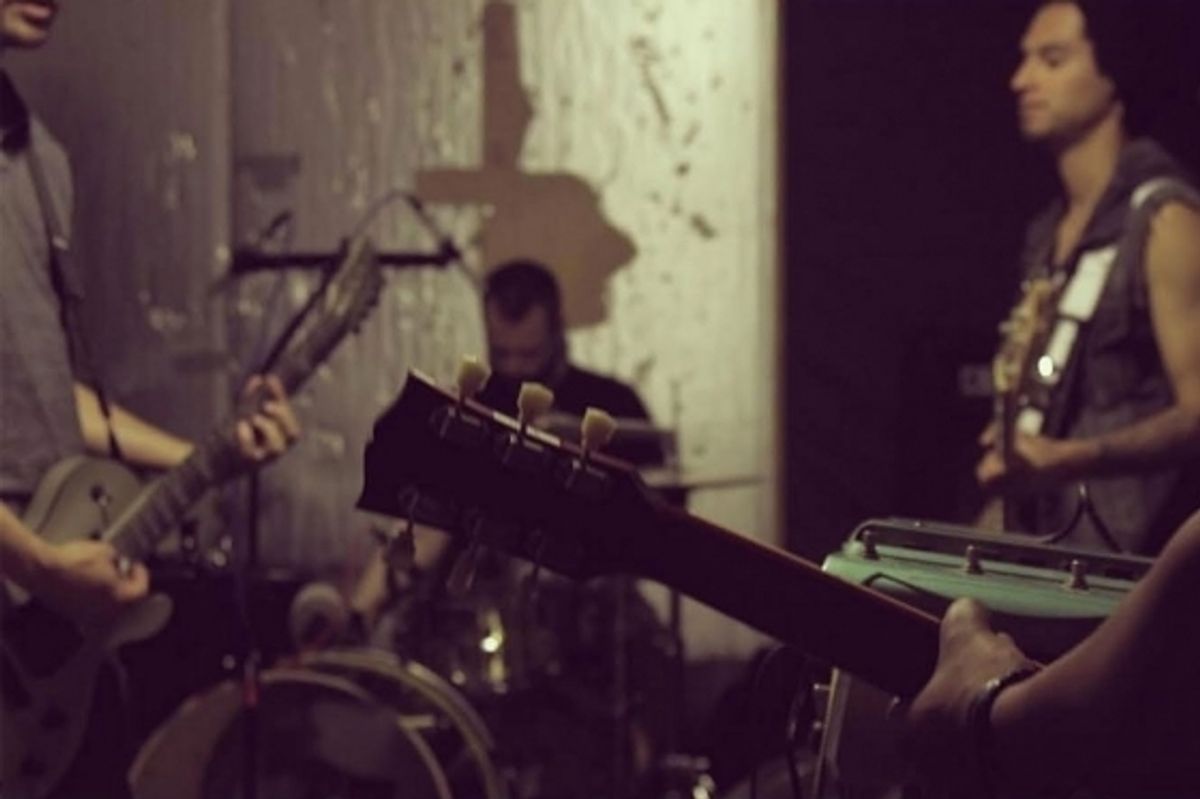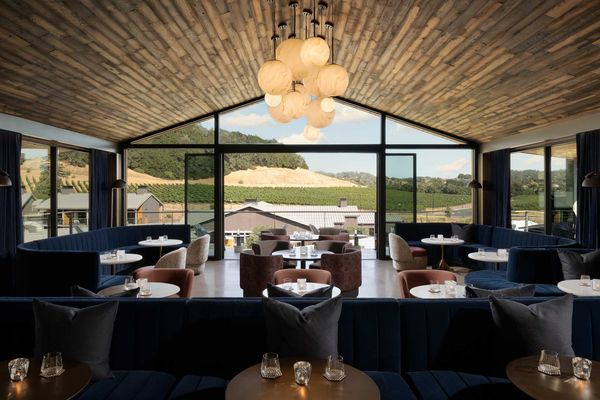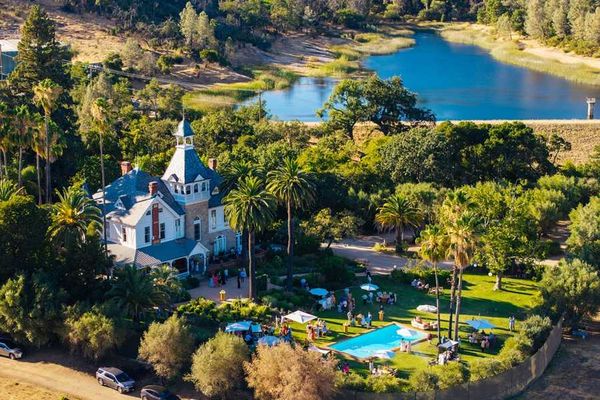It's a Saturday evening in South San Francisco, and four friends have gathered at what looks like a shabby old administration building oddly placed between newer GenenTech offices. A simple sign out front hangs low with the words "Hit Wall Studios," and a distant rumbling of an electric guitar solo can be heard coming from an upstairs window. Neal Engelhaupt, 32, Doug Richardson, 29, Nick Young, 29, and Sergio Vaquerano-Ramirez, 29, were all professional musicians just a few years ago, touring and making albums with Bay Area-based metal bands. Now they're "all grown up"—married, some with kids, and working full-time in the tech sector—but they still gather once a week to collaborate on new music in an attempt to revive the meta scene that once permeated the Bay Area.
Despite their young age, the foursome were able to make their living as professional musicians until about five years ago. Engelhaupt used to sing and play guitar for the band Mirros, Nick Young and Sergio Vaquerano-Ramirez were in a band called The Last Nova, and Doug Richardson played drums for ourfathers. But in the last couple year, many of the local nightclubs known for their metal shows have shuttered, making room for luxury condos and apartment buildings, and the men were forced to look for jobs as IT personnel and data analysts. But tonight, the group is collaborating on some new songs to see if they can make their way back into the heavy metal music scene.
The rehearsal space is cramped and costs $600 dollars a month to rent, a drastic increase from the $200 dollars it used to cost 10 years ago. There are amps, cords, foot pedals, sound mixers, cases of guitars, a drum set, and empty beer bottles cluttering the room. The walls are soundproof, and the extra layer of padding makes the room look even smaller. The musicians gracefully maneuver around the gear and find their spaces. A bead of sweat begins to drip down Young's face as he opens up his worn out guitar case covered in tattered stickers. Engelhaupt takes the lead as he begins to strum his silver matte guitar.
When they're done, Richardson says he will use the tape from tonight's session to make a demo and release it online to see the reaction from listeners. The other three nod in agreement and plan for the next rehearsal—but they all understand that this time there will be no record deals, no year-long tours and it will be harder to find venues for performances. The heavy metal music scene has dramatically shrunk in the Bay Area since the time when "thrash" was alive and vibrant.

In the early 1980s, the Bay Area was the center of thrash metal music, one of the many subgenres of heavy metal. Defined by its faster tempo, the use of low-register guitar riffs and the double bass drum, and its overall aggression, some of the biggest thrash metal bands of all time found success in the Bay Area including Metallica (El Cerrito), Death Angel (Daly City), and Exodus (Richmond). Young adults who dared to rebel against the ideals of their baby-boomer parents were drawn to the Bay Area, where there were many metal venues and practice spots, and donned the name "metalheads."
"When I first moved here there were a million places to play, and we played every night of the week at a different club. There were six clubs on Haight Street, four clubs on 11th Street, five clubs in North Beach," remembered Michael Butler, bass guitarist of Exodus. "Now there is nowhere to play."
This dedicated network of young fans was how new bands got exposure. During the 1980s, metal bands traded demos (recordings of unreleased songs) via a method called "tape trading." It was an efficient and inexpensive way to share new music and create a fan base, and created an underground network of heavy metal fans. Pen pals would send each other music back and forth, while metal music zines and early blogs such as the NorCal Music Sampler helped create a community of hardcore metal fans.
"The NorCal Music Sampler had a huge local following and posted the dates of shows and listed the phone number for every music venue for bands to get in touch with the owner," remembers Brad Dollar, a music producer and sound engineer at Oakland Zoo Labs.
"During the 1980s, thrash metal was signed only to independent labels rather than major companies, it was heard only on college radio metal shows, not on commercial stations—on business grounds alone, it deserved to be called 'underground'," said Deena Weinstein, a professor of sociology at DePaul University who studies heavy metal music.
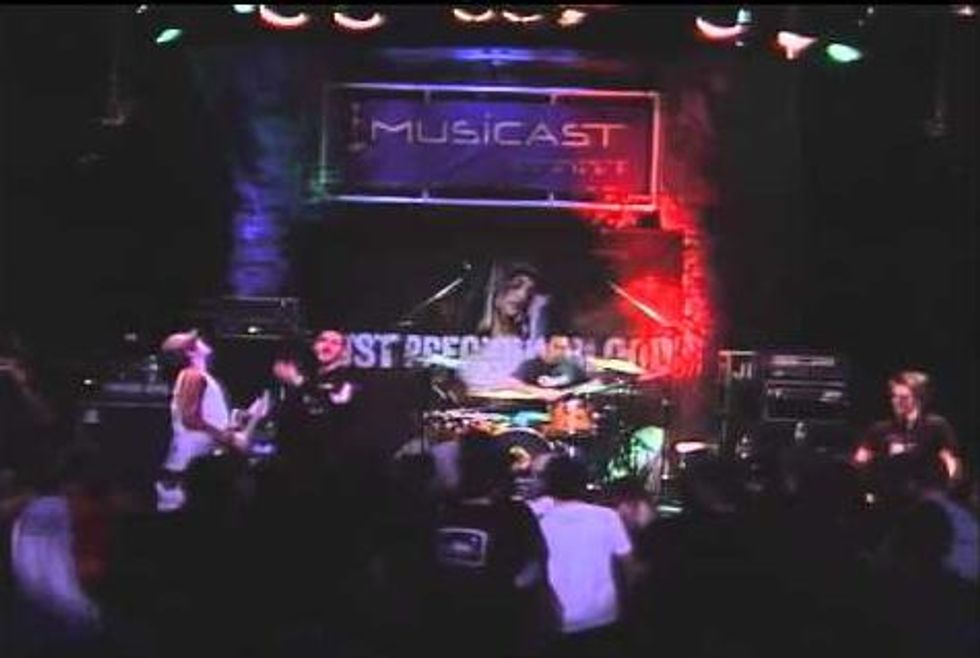
Popular live music venues in the East Bay and San Francisco included Ruthie's Inn, On Broadway, The Stone and iMusicast. These venues made it easy for metal bands to get on the bill because owners knew they would bring a large crowd of young kids. And because the clubs offered all-ages shows that ended before midnight, parents felt comfortable allowing their kids to attend during the week. Live shows were equally important for musicians—it let them support each other and created a melting pot of artists.
By the early 1990s, however, many of these "curfew shows" had disappeared. As rents increased, clubs sought liquor licenses and increased the entrance age to 21. Ruthie's Inn, On Broadway, The Stone, Underground SF, The Keystone, the Mabuhay Gardens—all famous clubs known for their frequent metal shows—have since closed due to the demand for condos and apartment buildings, increased rents, and the lack of audience for the genre.
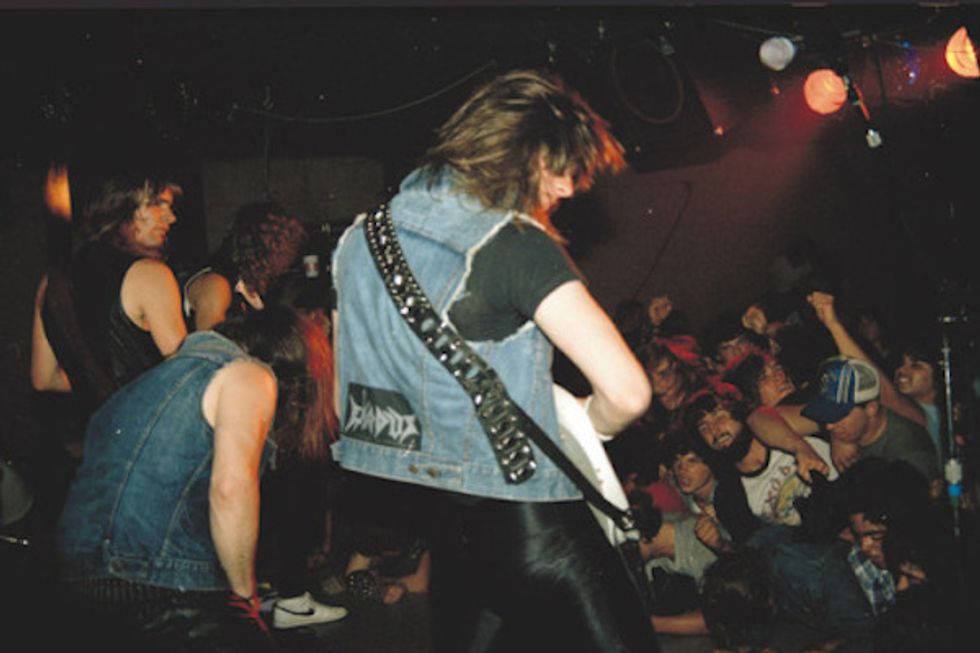
"There's not much metal happening here anymore, The Stone has been turned into a strip club. On Broadway closed its doors and the Mabuhay Gardens now host DJ nights and private parties," said Shoshannah Flach, a San Francisco native and devoted metalhead. "These were places that I would go to and make friends and build a community. Going to a metal show, I felt like I was with my tribe."
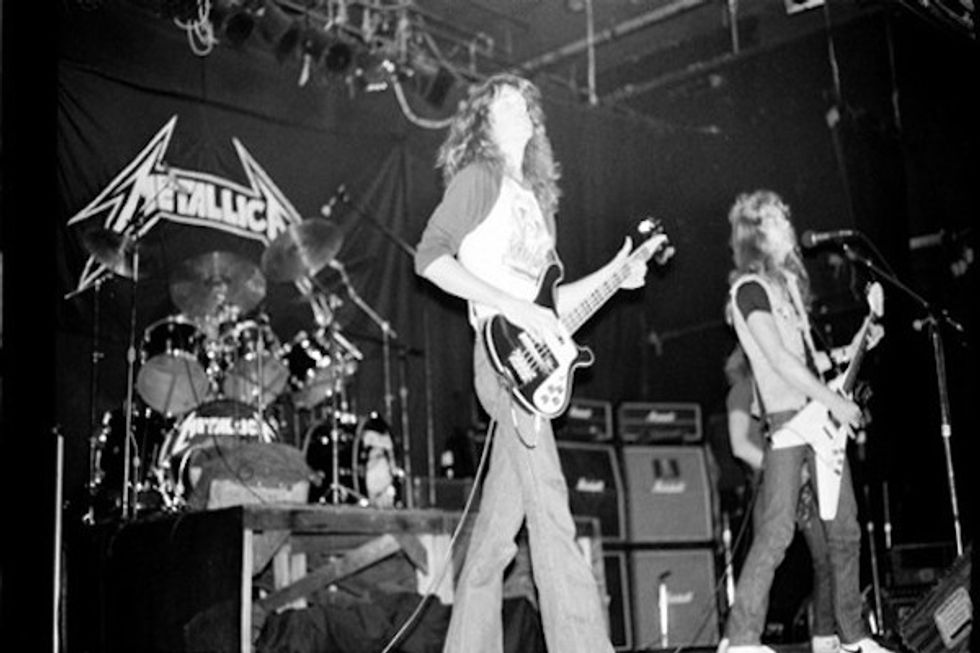
"If I was in an up-and-coming metal band now, I would be highly discouraged and disappointed that there is no longer a music scene in the Bay Area," agrees Butler. "Newer bands that are writing original music are probably going to be playing on a Tuesday or Thursday night and at the end of the bill, which is not a favorable position because you're likely to have little to no audience."
Around the same time, Capitol Records, the first record company based on the West Coast, dropped all their metal bands, including Megadeth and Exodus, and Metallica started to shift away from playing thrash metal to hard rock. The underground tape trading disappeared, shifting to emails and online music sites.
One of the few East Bay venues that still books metal acts, the Oakland Metro Operahouse, recently faced some financial issues. The venue has already moved locations once due to an increase in rent and had the task of raising $20,000 by March 24 to soundproof its walls.
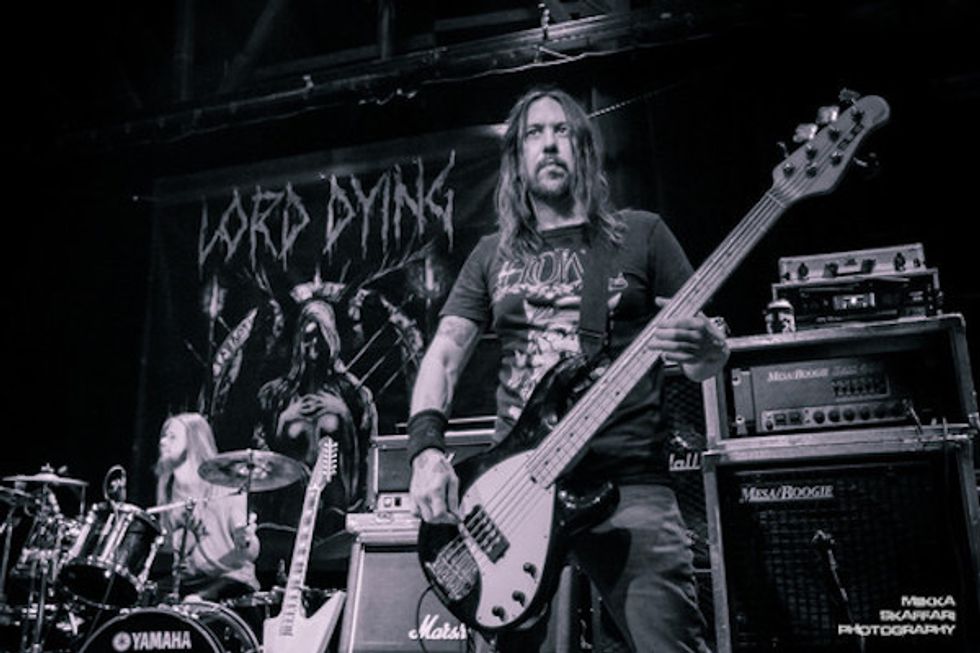
The Stork Club, located in downtown Oakland, also hosts metal bands but concert-goers must be over 21, there are no curfew shows and there are strict guidelines a band must adhere to in order to be booked: All members of the band must be 21 and over, there must be at least 20 to 45 minutes of material to perform and shows typically start around 10pm.
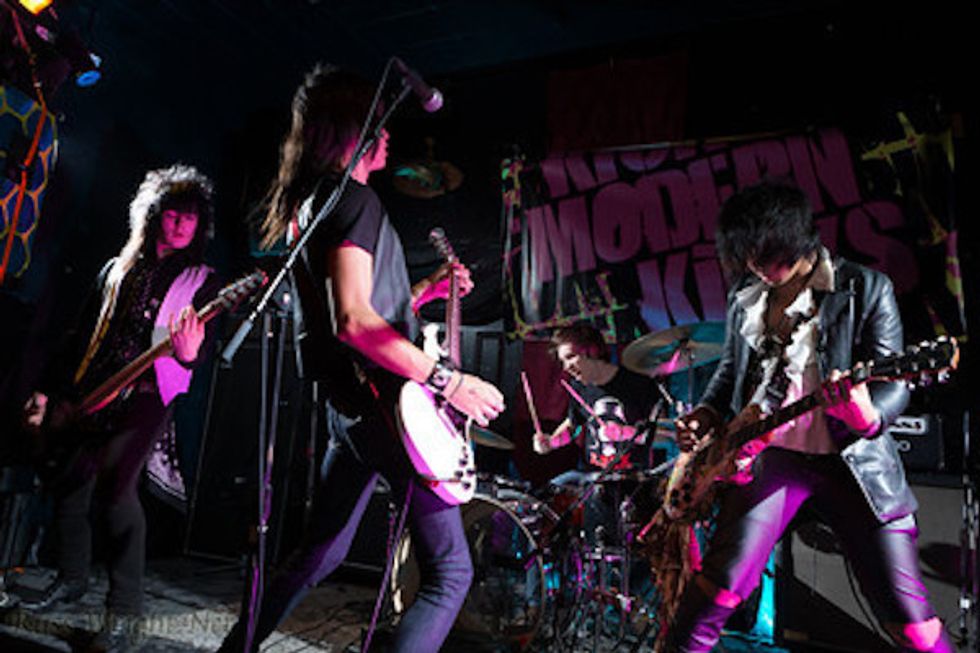
"There was no foundation left. A lot of people stopped playing music and people had their bands fall apart," Dollar said. "People became very isolated to where they were at, whether it was San Francisco, Oakland or San Jose. Many venues had closed, all-ages shows had evaporated and the young people who were here that were making music had moved away because of the increase of rent and cost of living."
But for the band finishing up their rehearsal in South San Francisco, there are still reasons to keep playing despite the loss of the metal scene that once existed here. They stay grounded with Bay Area Metal Music meet up groups, and remain loyal to local radio stations that host metal shows.
Once everyone has finished putting away their instruments and the door to the rehearsal studio is closed, the four friends hang outside for a few moments laughing and discussing how the night's session went. All are excited to have come back together and hope to reignite a fire within the music genre that bonded them together.
"The future of heavy metal in the Bay will probably continue to be as it ever was: underground. There are always peaks and valleys to music genres," said Engelhaupt. "I would only imagine it will grow more in the coming years, as it has the most hardcore devoted fans."
"The Bay Area is kind of like a metal factory with its own brand and style," agrees Young. "And nothing makes me happier than playing some good quality rock with my buddies."



